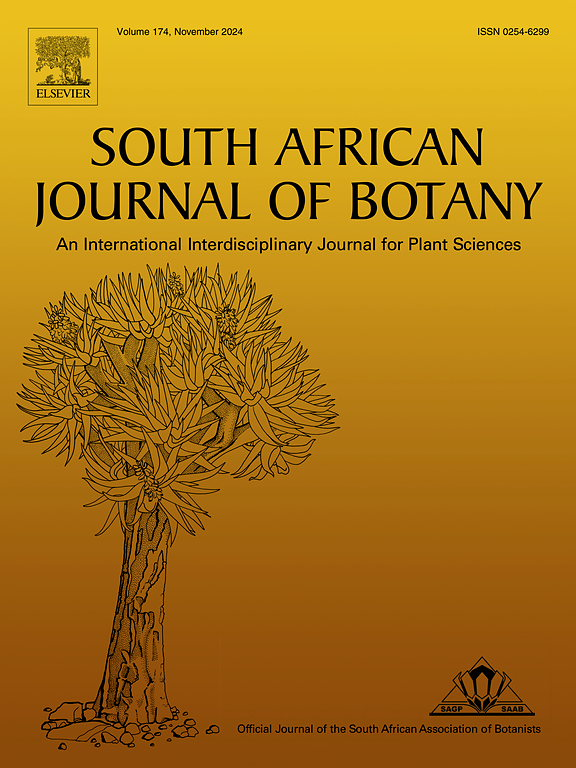Ampicillin potentiation ability of PLGA encapsulated Acorus calamus clarified crude extract targeting Acinetobacter baumannii
IF 2.7
3区 生物学
Q2 PLANT SCIENCES
引用次数: 0
Abstract
The multi-mode of action exhibited by bioactive fractions derived from plants, along with their ability to alter bacterial antibiotic resistance, make them ideal for combination therapy against multi-drug resistant bacteria. However, the challenge lies in the druggability issues related to plant extracts. To resolve this problem, researchers have encapsulated the extracts and bioactive components using a drug carrier polymer called poly (lactic-co-glycolic acid) particles (PLGA). The present study aimed to encapsulate the clarified crude of Acorus calamus rhizome hexane extract, possessing antibacterial and bacterial resistance modifying properties using PLGA 50:50 and 75:25. Among the various concentrations of clarified crude (5, 10, 20, 40 mg/ml), a loading of 20 mg/ml demonstrated superior loading capacity (39.46 % and 47.07 %) and encapsulation efficiency (49.25 % and 58.75 %) for both PLGA 50:50 and 75:25. In addition, the encapsulated particles had a size ranging from 300 to 400 nm, a polydispersity index between 0.3 and 0.4, and a zeta potential ranging from -25 to -15 mV. The in vitro release profile exhibited a burst release, with a cumulative release of 67 % to 72 % within a 24 h period. The formulation exhibited antibacterial activity and ampicillin potentiation against Acinetobacter baumannii, a multi-drug resistant opportunistic pathogen. In presence of 40 mg of formulation, the MIC of ampicillin reduced ∼8 fold (25 to 3.25 mg/ml) in 12 h. Further, the clarified crude and their formulation showed 21–25 % inhibition of Vero cell lines at 20 μg/ml. This work demonstrates the feasibility of developing herbal formulation that can modify bacterial resistance to ampicillin by encapsulating with PLGA. However, for better understanding, it is necessary to conduct extensive in vivo, preclinical and shelf-life studies of the formulation.

求助全文
约1分钟内获得全文
求助全文
来源期刊

South African Journal of Botany
生物-植物科学
CiteScore
5.20
自引率
9.70%
发文量
709
审稿时长
61 days
期刊介绍:
The South African Journal of Botany publishes original papers that deal with the classification, biodiversity, morphology, physiology, molecular biology, ecology, biotechnology, ethnobotany and other botanically related aspects of species that are of importance to southern Africa. Manuscripts dealing with significant new findings on other species of the world and general botanical principles will also be considered and are encouraged.
 求助内容:
求助内容: 应助结果提醒方式:
应助结果提醒方式:


